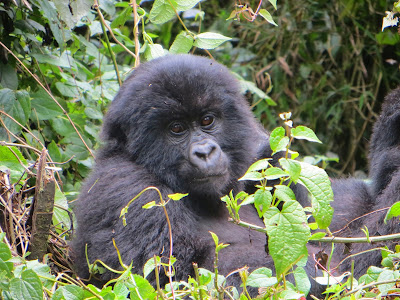1918-2013. Madiba.
(Photo: His last public appearance at the SA World Cup.)
The tallest tree has fallen
and it is reverberating around the world.
Today in South Africa and around the world people are saddened to the core about the loss of Nelson Mandela. A leader like no other.
Today, in a world where we long for genuine leaders and role models, Mandela’s passing is felt deeply.
95 years old. 27 of his years in prison. And yet he emerged with an open heart, open mind.
Mandela said ‘A good head and a good heart are always a formidable combination.’ He had both.
Today in South Africa and around the world people are saddened to the core about the loss of Nelson Mandela. A leader like no other.
Today, in a world where we long for genuine leaders and role models, Mandela’s passing is felt deeply.
95 years old. 27 of his years in prison. And yet he emerged with an open heart, open mind.
Mandela said ‘A good head and a good heart are always a formidable combination.’ He had both.
Humble. Inspiring. Courageous.
Extraordinary.
A man of dignity.
‘The greatest son of our
soil.’
After 27 years in prison
Mandela did the unthinkable, he forgave, he reconciled, he broke bread with the
‘enemy’ and he brought South Africa together as one nation. He did what leaders should do, he put the people and the country first. He embraced leadership as a service to the people, all people.
This morning people are sharing stories, memories. His former body
guard recalled walking onto the rugby field in 1995 with Mandela and hearing
the rugby fans (98% white people) chanting ‘Nelson, Nelson…’ He remembered
standing on the field with Mandela, listening to the chanting in shock, awe. Absolutely
unthinkable, Mandela defied all norms.
“There is no passion to be found playing
small—in settling for a life that is less than the one you are capable of
living.” – Mandela.
“It’s very difficult to accept that he will
no longer be around,” said George Bizos, a dear friend of Mandela and a human rights
attorney. “He will go down in history forever as the one person who set an
example that fundamental differences between people can be solved without
violence.”
“He transcended race and class in his
personal actions, through his warmth and through his willingness to listen and
to empathize with others,” Arch Bishop Desmond Tutu said. “And he restored
others’ faith in Africa and Africans.”
"He stood for something very simple,
which was for equality and fairness," said David James Smith, author of "Young Mandela: The Revolutionary Years"
“During my lifetime, I have dedicated
myself to this struggle of the African people. I have fought against white
domination, and I have fought against black domination. I have cherished the
ideal of a democratic and free society in which all persons will live together
in harmony and with equal opportunities. It is an ideal which I hope to live
for. But, my lord, if need be, it is an ideal for which I am prepared to die." --Mandela. April 1964, statement from the dock at
the opening of his defense case in the Rivonia trial
“The brave man is not he who does not feel
afraid, but he who conquers that fear." –Mandela.
It is now upon all of us, every one of us, to
ensure his legacy lives forever and to continue his life’s work of making this
world a better place for all.






















